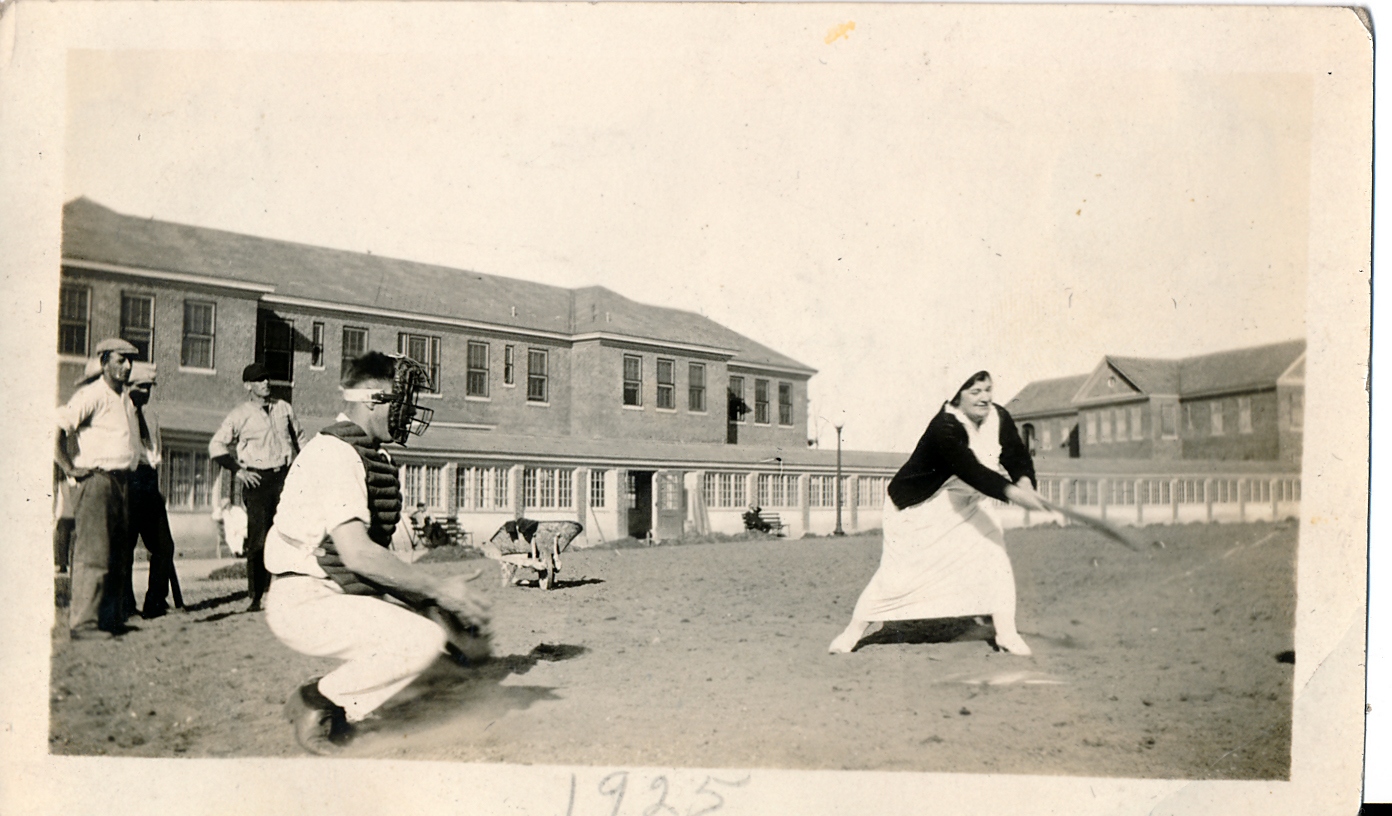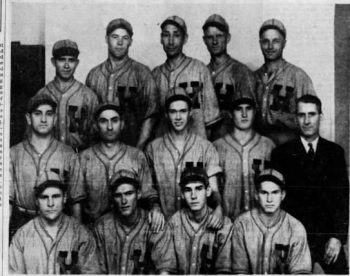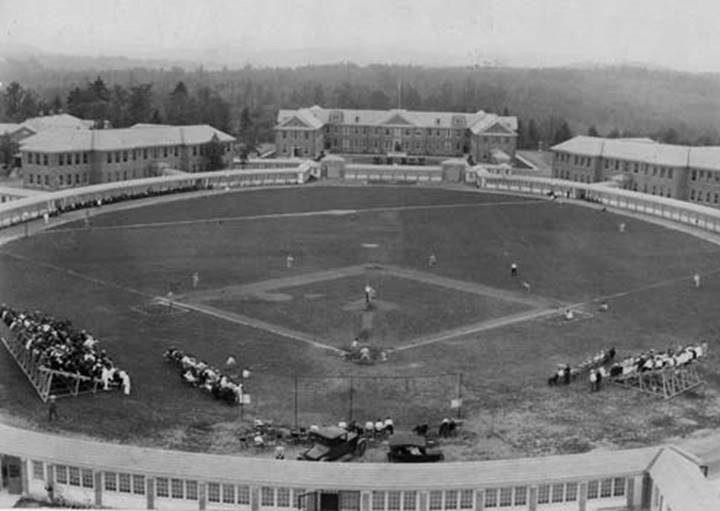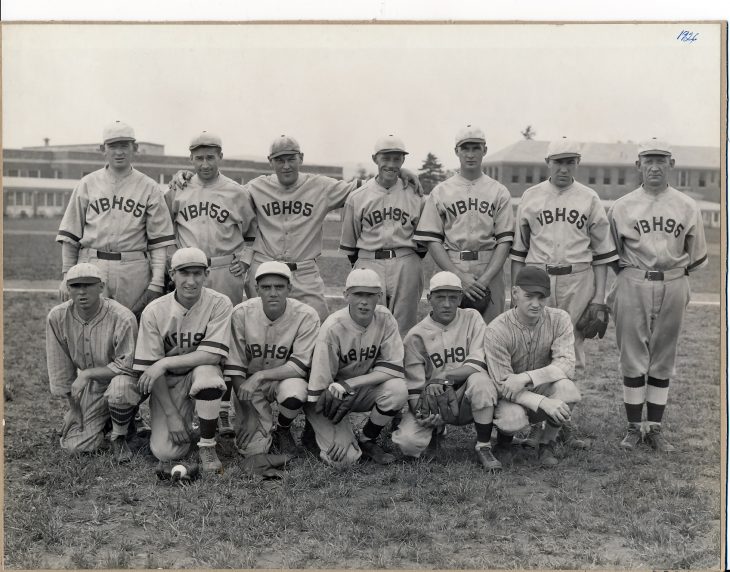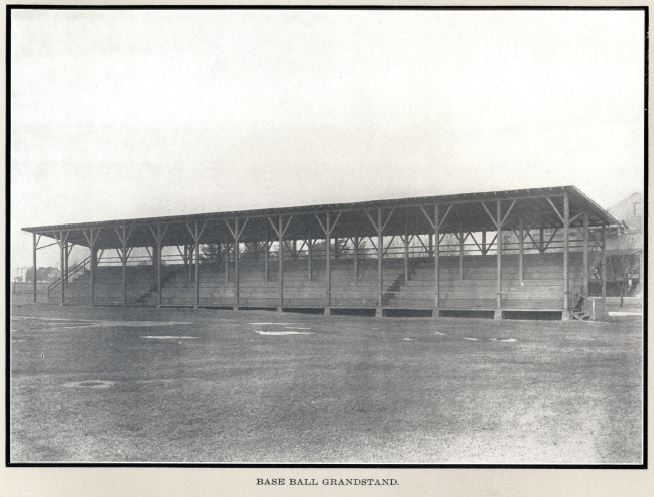Throughout the history of Veterans’ health care, sports have long served as a means of rehabilitation and healing. While many sports and recreational activities have been incorporated into the fabric of Veterans hospitals, one sport in early VA history stands out for its popularity and impact with Veterans – baseball.
As we near midseason for this historic 2021 season, it is only fitting to reflect on the history and impact baseball has had on Veterans’ healing, while also revealing the role Veterans played in its expansion to become America’s pastime.
While baseball was a mostly regional sport in the 1850s, the Civil War propelled its progression into a national sport when both Union and Confederate soldiers began picking up and playing games in camps, during times of rest in between battles, and even in prisoner of war camps.
As baseball’s popularity spread, military doctors encouraged the sport, believing the game provided physical and mental health benefits, and boosted morale while providing a sense of camaraderie and teamwork.[1] After the War, this reasoning followed directly into the planning of the new National Home for Disabled Volunteer Soldiers (Soldiers Homes) that were built for Veterans beginning in 1865.
Soldiers Homes, the forerunner of today’s Veterans Health Administration, provided not only medical care to Veterans, but also served as domiciliary residences where Veterans could live in a domestic setting and retain some aspects of their military life while enjoying recreation and amusements, including baseball. Soldiers Homes also served as ideal locations for baseball diamonds as most were located in rural areas with large amounts of space that could be dedicated to playing.
Funding for the construction of baseball diamonds started in the 1870s at the homes’ Eastern, Central, and Western branches, among others, as baseball remained as popular with Veterans as it had been during the War.[2] Baseball became such a popular activity at the Homes that one report noted dinner hours at the dining hall at the Central Branch in Dayton, Ohio, needed to be adjusted to fit around baseball games that were held on Saturday afternoons.[3]
In addition to serving as an amusement, baseball at the Soldiers Homes contain the roots of occupational and recreational therapy at VA, long before those were recognized as therapies and professions within the medical community. Providing physical, social and mental benefits for Veterans, a report from the 1870s notes that recreational activities like baseball, “tend to drive away dull care and keep the men in a pleasant and cheerful state of mind… contented and comparatively happy.”[4]
Coinciding with baseball’s rise in popularity around the country, baseball expanded its reach at Soldiers’ Homes as well at the turn of the century. Grandstands were built at nearly every location to accommodate both Veterans and the general public, as spectators from nearby towns came to watch games played between the Veterans teams and other local and traveling teams.
The Dayton “Old Soldiers” began playing other local area teams beginning in 1897, as other Veteran teams emerged throughout the country under team names such as the “Veteran Hospital Baseball Club,” “Vets,” or the “Hospital Club.”[5] Local newspapers began regular reporting on season activities, scores and game recaps. In Leavenworth, Kansas, the “Soldiers Homes Team” was reported as “One of the fastest growing semi-pro aggregations in this part of the country.”[6]
Baseball remained a staple at Veterans hospitals well into the 20th century as baseball facilities across the network of Soldiers Homes, Veterans Bureau hospitals and Veterans Administration hospitals were constructed, improved and expanded. At its height, up to 60 games per year were played at some of the Homes and hospitals. [7]
In later years, baseball eventually became an integral part of VA’s Adaptive Sports Program, as it joined a host of other rehabilitative recreation activities, including golf, basketball, soccer and even fishing. What started out as Civil War Veterans playing games between each other evolved into to something larger, as baseball became a valued asset of the Soldiers Homes and hospitals, and helped baseball evolve into the national pastime that it is today.
[1] “Cricket in Camp” New York Clipper, May 9, 1863.
[2] National Home for Disabled Volunteer Soldiers, Annual Report 1875.
[3] “Soldiers are Good Fans” Dayton Herald, April 9, 1910.
[4] National Home for Disabled Volunteer Soldiers, Annual Report 1875.
[5] “City Briefs” Leavenworth Evening Standard, July 26, 1900.; “First Season a Win for Soldiers” Lewiston Daily Sun, June 4, 1928; “Play Ball.” Out of the Box. Wright State University Archives. April 4, 2012. https://www.libraries.wright.edu/community/outofthebox/2012/04/04/play-ball/. Accessed March 22, 2021.
[6] “Opening of Home Season Postponed” Leavenworth Times, April 3, 1912.
[7] National Home for Disabled Volunteer Soldiers, Annual Report 1926.
Katie Delacenserie is a historian for the Veterans Health Administration, as part of the VA History Office (VAHO) Initiative. VAHO’s mission is to establish an overarching program to collect, preserve, and provide access to our relevant historical records and artifacts in order to tell the comprehensive story of the Department of Veterans Affairs and its predecessor organizations.
Topics in this story
More Stories
Pacific Islands VA has opened a new urgent care clinic inside the Daniel K. Akaka VA Clinic.
From one battle to the next, including four types of cancers, Eliot Winokur’s resilience remains unshaken.
As severe weather threatened Mississippi, local news warned of a dangerous outbreak of tornadoes. A VA nurse stepped up.

